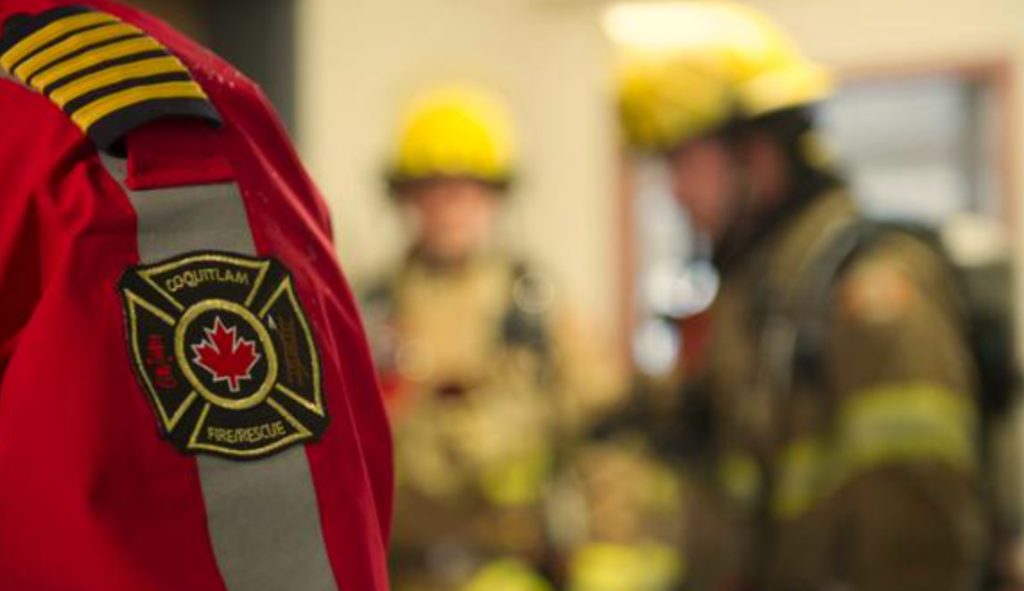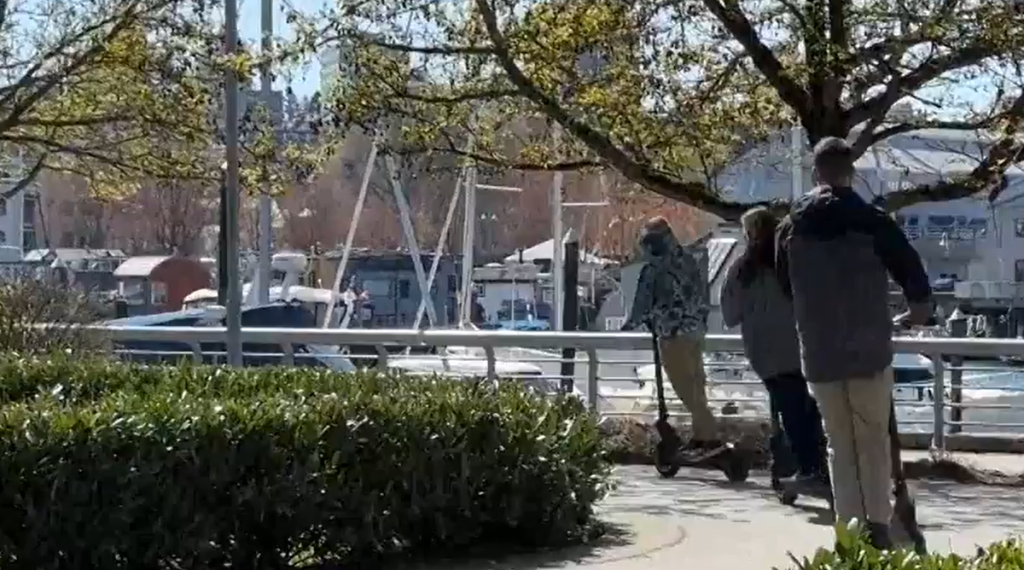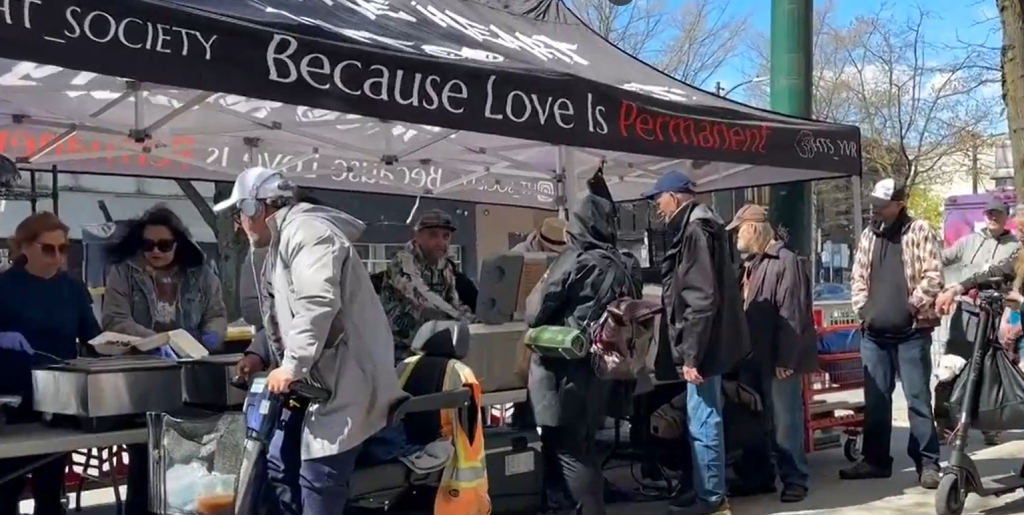How subsidies helped save bus service in Washington state
Posted July 20, 2018 11:48 am.
Last Updated July 20, 2018 11:49 am.
This article is more than 5 years old.
VANCOUVER (NEWS 1130) – As B.C. mulls over how to address the incoming cuts to Greyhound bus routes, a transportation expert in Washington state is offering up a solution.
Don Chartock with the State Department of Transportation says they were in a similar situation in 2005, when Greyhound cancelled service to multiple routes due to declining ridership.
“Greyhound started to greatly roll back the amount of inner city bus service they were providing in the rural areas of many states, not just Washington. They decided to focus on service just along the interstate, the big major highways that run through the US. They were responding to lack of ridership but it started to put a pressure on what is our responsibility as a state to help people, older adults and others in rural communities, to have some basic level of access to good and services and the transportation network.”
He says subsidies allowed them to create new routes and expand service.
“We have both a state rural mobility grant program and there’s also a federal grant for rural areas. That’s the main source of money for our inner city bus program. Every state gets some of that federal money and has to determine how best to use it, and some of it has to be used for inner city bus.”
Related articles:
Impending loss of Greyhound service has B.C. ski resorts scrambling
The Big Story: The wheels come off in the West
Chartock describes the idea behind expanding service to smaller communities:
“It was essentially a network plan and it took a look at all the small towns across the state, and tried to make sure every town and surrounding area that added up to ten thousand people had some basic level of access and geared it towards that.”
They then created new routes linking the communities before putting them up for bids from smaller bus companies.
“Building off our inner state bus network plan, we identified four different routes that we thought were the most important to get implemented. We used a contracting basis, where we designed what we wanted the route to look like, the stops, the timed connections that would be made with other modes like bus carriers, airports or Amtrak. Then we would put those routes out to bid. Various small, for-profit private companies but also including Greyhound, would come in and bid on a per mile rate.”
Chartock says it took just a year to roll out the plan.
“We had already started it before Greyhound had announced they would be eliminating service. From the time it stopped, we started to implement pretty quickly. As money became available, we would prioritze the routes and put them out to bid. They didn’t all go out at once. All the lines rolled out over a year or so.”
The program has been so successful, users are now asking for further expansions to other small towns around the state.
“It’s a good problem to have, I guess. We are successful enough, that the main call we get about this program is cant we go out one more stop, can’t we go one town further?”
Meanwhile, advocates in B.C. are pushing both the provincial and federal governments to subsidize private bus companies. Chartock says it’s a position the governments should be considering.
“What we are talking about is the job of the department of transportations of the world. Ensuring some level of mobility where the private market can’t take care of themselves. There’s the aging population — aging in rural areas — and folks still needing to get to the places they need to go. In the end, it’s about priorities. It’ll be interesting to see if those priorities start to shift now that the private providers are starting to get out of the business, and how much of a priority it is to be able to provide people that support.”
Greyhound says at the end of October, it will be cancelling all but one of its routes in B.C. Only the Vancouver-Seattle route, which is run out of the states, will remain in service.










